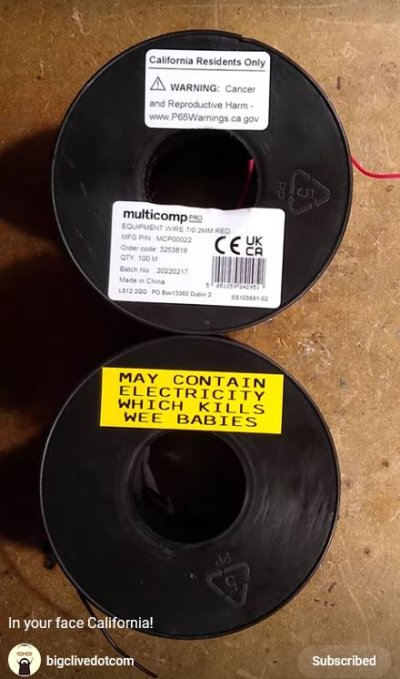They could start rebuilding manufacturing in my home town in Connecticut where scores of manufacturing plants were shut down. This was the center in the U.S. for brass and copper manufacturing and all that's left are millions of square feet of empty plants. Some buildings are being knocked down for new malls to be built (LOL!).
I was a Plant Manager of a 1,500 employee plant that was in continuous operation for 100+ years. We made over 100 alloys of non-ferrous metals and turned that material into water tube, radiator fin stock, brass alloy rods and shapes for making fittings, rolled sheet, plate, strip, etc.
All gone now and those products are now made in Asia and China.
Good luck bringing that back here! That was 100+ years of development and heavy machinery which now has been scrapped. And the existing buildings are rotting into the ground.


